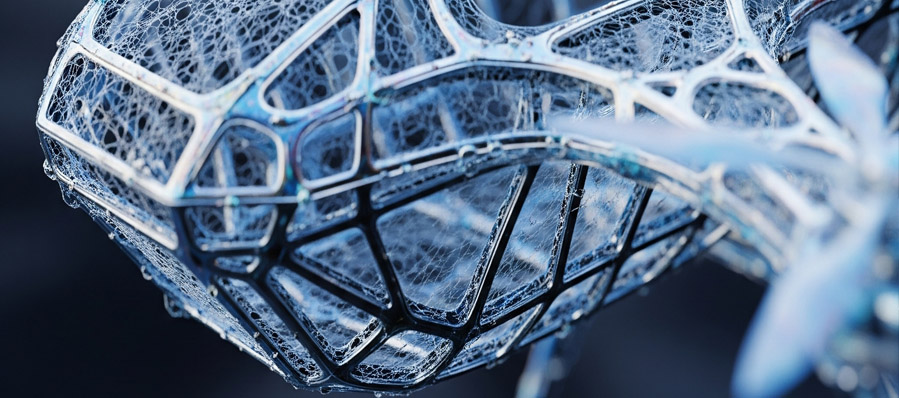The Marvel of Spider Silk:
Spider silk is truly extraordinary. Despite being incredibly lightweight, it rivals steel in tensile strength.3 It's also remarkably elastic, capable of stretching to several times its original length without breaking.4 This unique combination of strength and flexibility makes it unlike any synthetic material we currently possess.5 Imagine materials that are both incredibly strong and lightweight, capable of withstanding immense stress while remaining pliable – this is the promise of spider silk-inspired composites.
Biomimicry: Learning from Nature's Expertise:
Biomimicry is the practice of learning from and then emulating the strategies found in natural organisms and ecosystems to solve human design challenges.6 In the case of spider silk, researchers are studying its intricate protein structure and the spinning process spiders use to create this amazing material.7 The goal isn't necessarily to perfectly replicate natural spider silk (which can be challenging and expensive to produce at scale), but rather to understand the underlying principles and apply them to the creation of new, high-performance composite materials.
Technological Benefits of Spider Silk-Inspired Composites:
The potential applications of these advanced composites in technology are vast and exciting:
· Aerospace: Imagine aircraft constructed with lighter yet stronger materials. This could lead to significant fuel efficiency gains, reduced emissions, and potentially even new aircraft designs. Spider silk-inspired composites could be used in airframes, wings, and even interior components, offering enhanced durability without adding unnecessary weight.8
· Automotive Industry: Similar to aerospace, lighter vehicles mean better fuel economy and performance. These composites could be used in car bodies, reducing overall weight and improving safety due to their high strength and impact resistance.9
· Electronics: The flexibility of spider silk could inspire the creation of more durable and flexible electronic devices. Imagine foldable smartphones, bendable displays, and wearable technology that can withstand significant stress and movement without damage. These materials could also offer unique insulation properties.
· Medical Devices: Spider silk is naturally biocompatible and biodegradable, making it ideal for various medical applications.10 Inspired composites could be used in creating stronger and more flexible sutures, artificial ligaments and tendons, tissue scaffolds for regenerative medicine, and even drug delivery systems.11
· Textiles and Wearables: Imagine clothing that is incredibly lightweight yet exceptionally strong and tear-resistant.12 This could revolutionize industries like sportswear, protective gear, and even fashion, offering enhanced comfort and durability.
· Construction: While still in early stages, there's potential for incorporating the principles of spider silk into construction materials. Imagine lightweight yet incredibly strong structural elements for buildings and infrastructure.
From Research to Reality:
While mass production of synthetic spider silk or perfect bio-inspired replicas is still a work in progress, significant strides are being made. Researchers are exploring various methods, including genetically engineering bacteria or yeast to produce spider silk proteins, and then using these proteins to create fibers and composite materials.13 Others are focusing on understanding the fundamental structural principles of spider silk and applying them to the design of entirely new synthetic polymers with similar properties.
Conclusion: A New Era of Material Innovation
The exploration of spider silk's secrets through biomimicry holds immense promise for the future of technology. By learning from nature's master craftsmanship, we can develop composite materials with unprecedented strength, lightness, and flexibility. This could pave the way for lighter, more efficient transportation, more durable and versatile electronics, groundbreaking medical applications, and a new generation of high-performance materials that work in greater harmony with the planet. The journey to fully harnessing the potential of nature's unbreakable thread is ongoing, but the possibilities it unlocks are truly transformative.

